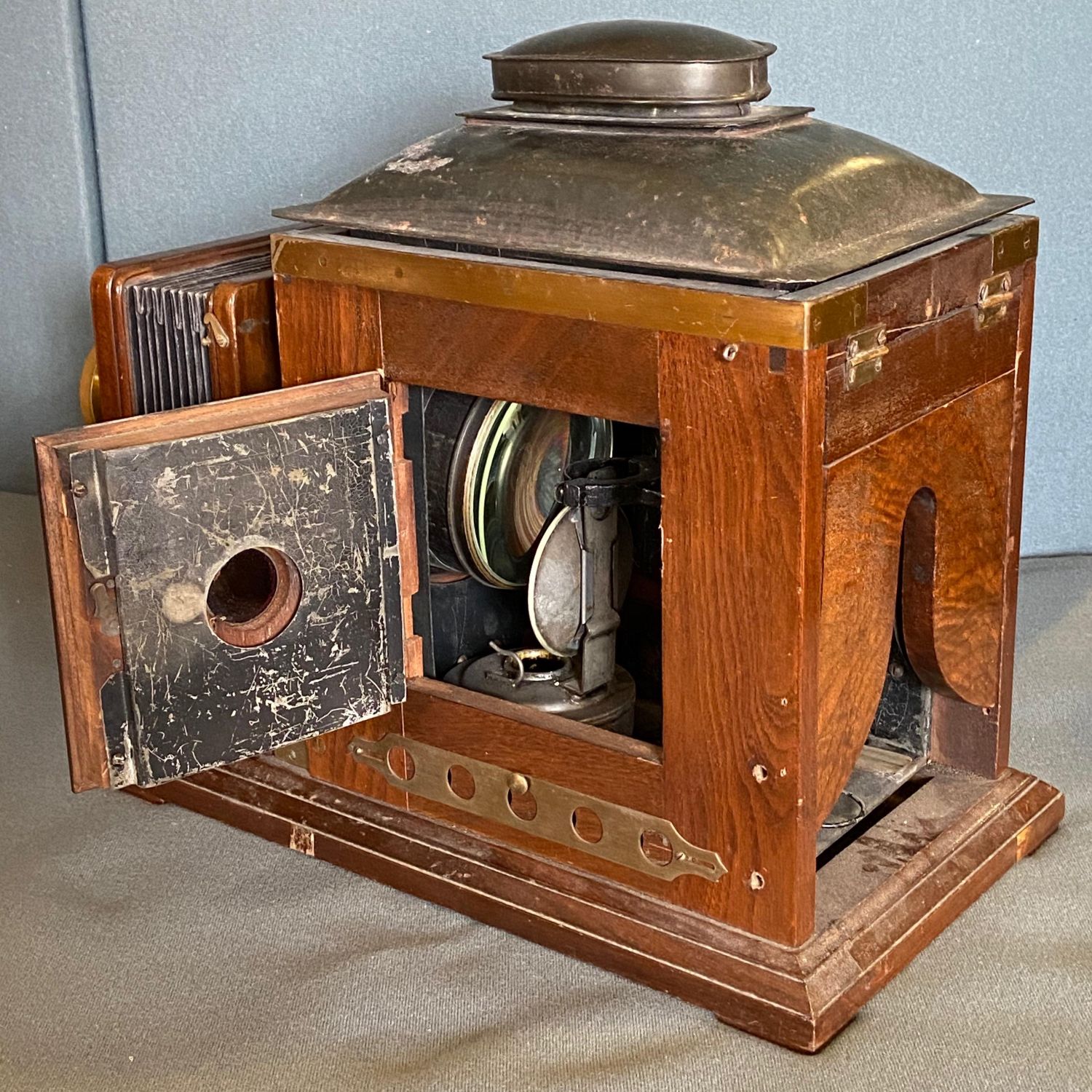
In vernacular digital culture we find a really large variability of aspect ratios and that offers certain aesthetic possibilities to artists.ĪA: But isn't that narrative a little bit more complex? There is also standardisation in the world of digitisation, the push to use certain defaults. There is a close relationship between the storage medium and the display medium in photochemical film, which is simply not true for the digital. And in turn the shape of the image is tied to the needs of camera manufacturers and so on. With photochemical film, the aspect ratio is tied to the shape of the image on the filmstrip. To me, this is a very interesting work to discuss in relation to Vertical Cinema, but perhaps one that is less known.ĪA: If you look at art practices now do you see different aspect ratios or portrait-sized screens being used more often? EB: The digital image makes it much easier now to manipulate the aspect ratio than ever before. The vertical image always retains something of its autonomy by being out of step with its neighbour. There is an insistence on the aleatory relationship between the individual vertical images, and this makes any synthesis into the horizontal aspect ratio incomplete. He breaks the illusion that the viewer might have transparent access to the natural scene he depicts. Instead of regarding this as something to overcome, Welsby actually uses it to disrupt the representational integrity of the image. You could always see the seams dividing the panels of film. The inability to achieve complete synchronisation has always been a problem in multiscreen projections – Abel Gance complained about this while realising the triptych projections in his film Napoleon (1927) and it persisted as a problem in the Cinerama system. But the even more interesting aspect is that Welsby purposefully doesn't synchronise the projectors. There’s a fascinating tension between horizontality and verticality at play. They are placed side by side so that the horizon line goes directly across to create a kind of panoramic image. Each one shows an image of a shoreline with incoming waves. The work consists of six 16mm projectors turned on their side so that they project in portrait format. It was first shown in London and then in Amsterdam in 1980 at the Festival of Nations. EB: Chris Welsby’s Shore Line from 1977 is an interesting example in this respect. Some are mentioned often, like the writings of Sergei Eisenstein and the balloon panoramas. This very much connects to a key aim of my research, which is to see how cinema is preserved and transfigured by technological change and by its increasing presence in the contemporary art context.ĪA: One of the interesting things that happens with our project Vertical Cinema is that although at first the idea of vertical cinema seems to be totally marginal, the longer you investigate it, the more cultural references pop up. We see a familiar apparatus deployed in an unfamiliar way, gesturing to continuity and change at the same time. It is interesting to me that Vertical Cinema uses 35mm film and keeps the recognisable CinemaScope aspect ratio, but then literally turns it on its head. I think we can see a project like Vertical Cinema as allegorising some of the transformations of cinema after digitisation, such as the increased variability of the aspect ratio and the new exhibition spaces into which the moving image has travelled.


Since the early 1990s, many artists have been engaging with the moving image in ways that I see as producing a reflection on the material, architectural, and aesthetic mutations of cinema in recent years. We used the opportunity to pose some questions to film scholar Erika Balsom.Īrie Altena: How does Vertical Cinema connect with the ideas you are working on? Erika Balsom: My recent research examines contemporary art practices as a way of thinking about what happens to cinema after digitisation. They made clear that Vertical Cinema could expand in many directions, and that it resonates with several tendencies in the contemporary culture of moving images. Their lectures referred to many examples from the history of film, contemporary arts, theatre and nineteenth-century visual spectacles of the use of verticality in moving images. The programme included lectures on verticality in film by Philippe-Alain Michaud, Bart Rutten, Noam Elcott and Erika Balsom.

In February 2014 Sonic Acts presented the Vertical Cinema project in the Dan Flavin Hall of the Stedelijk Museum in Amsterdam.


 0 kommentar(er)
0 kommentar(er)
